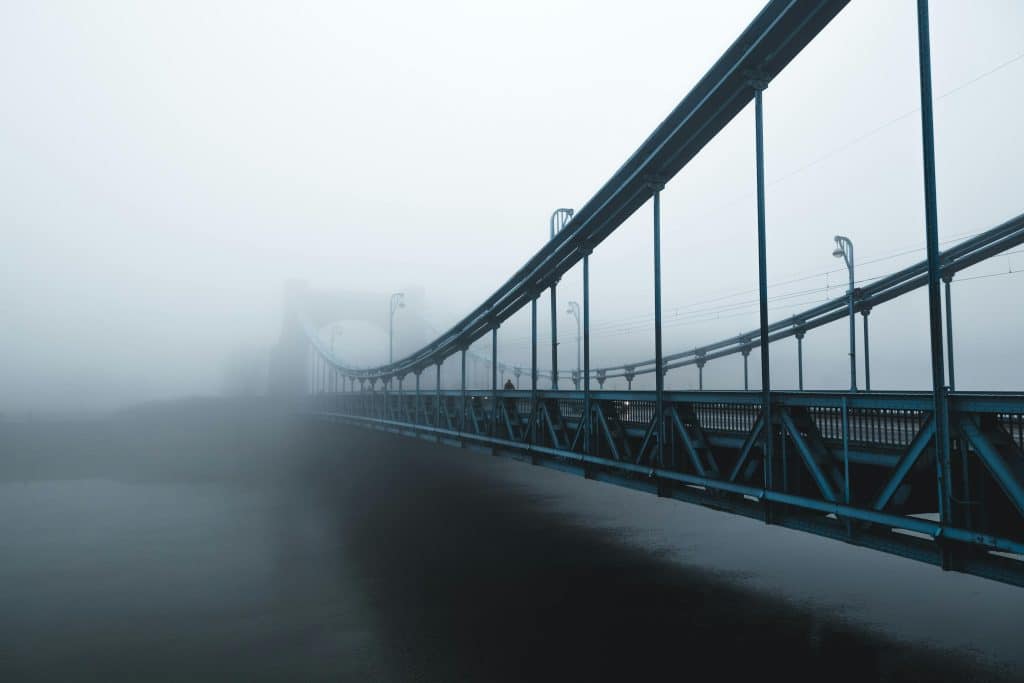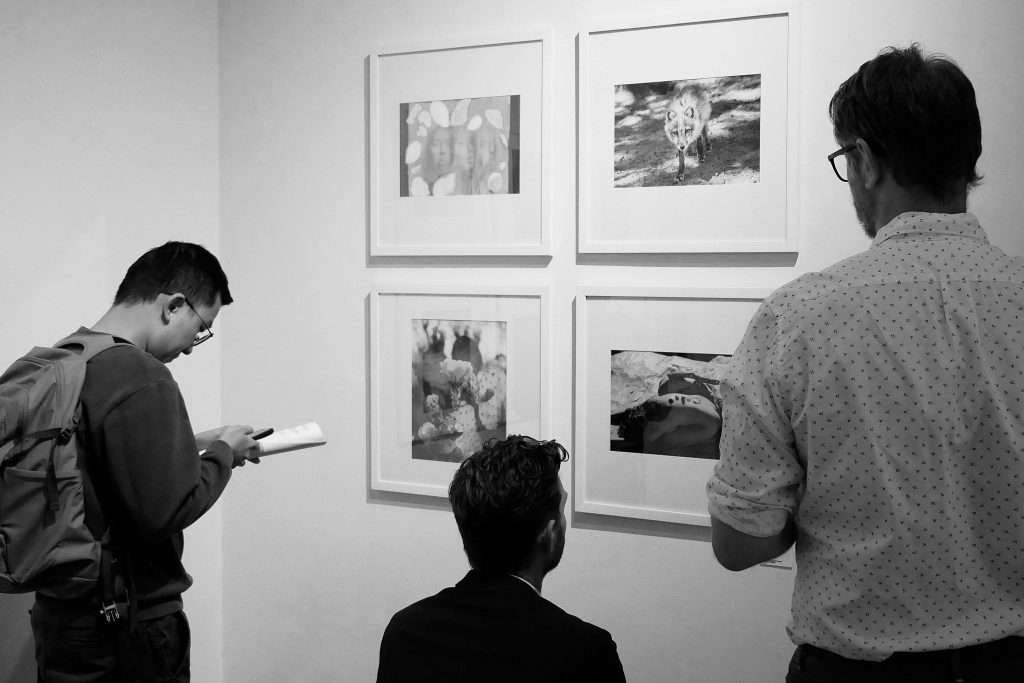So, you’ve found a photography call for entry that speaks to you. The theme is perfect, and you’re excited to submit your work. But with likely hundreds of other photographers vying for the same spot, how do you make sure your images don’t just get seen, but get remembered?
The jury is looking for looking for a photographs that demonstrates technical skill and artistic vision. Let’s break down the key elements that can make your submission standout.

This is the most basic yet critical rule. A pixelated image could signal to the juror that you don’t have a better more high quality image in your possession.
Sharp Where it Counts: Your image should be crisp and clear. If you’re using blur, it must be intentional (see next point), not the result of a shaky camera or poor focus.
Submit Higher-Resolution Files: Always follow the submission guidelines for file size and format precisely. When in doubt, submit the highest quality JPG allowable. We look for quality, so that we can ensure a good quality print when hung up in the gallery.


Before a judge even registers the subject, they feel the composition. A balanced frame is pleasing to the eye and feels complete.

A well-exposed image shows that you have control over your craft.

Technical perfection is the baseline. What truly makes an image selected is its ability to make the jury feel something.

Remember, your goal isn’t to submit a “perfect” submission, but to present work that speaks. A powerful image that connects emotionally will always outweigh a technically flawless one that feels sterile. The jury is looking for that spark, a story, a feeling, a moment of undeniable connection. So, review your work not with an eye for microscopic flaws, but for its heart. Submit the image that you feel truly embodies the theme and speaks with its own voice. It only takes one resonant piece to capture a juror’s attention. Good luck!